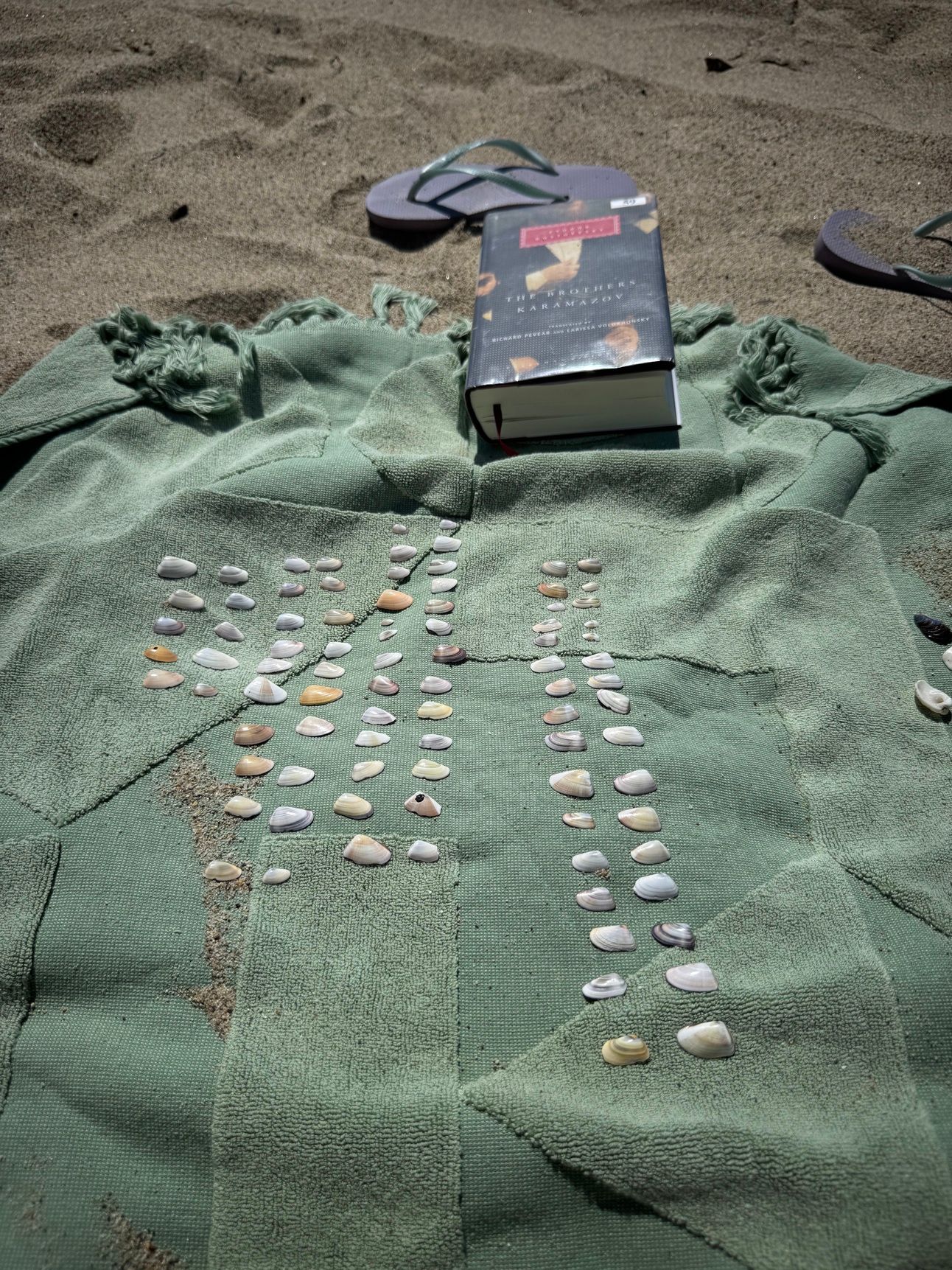
Sally sells more leftward curving seashells by the seashore than rightward curving ones.
I have to start this week’s newsletter with “thank you.”
So many of you who shared your positive reaction to my write-up last week on the women’s digital health opportunity being more than “womb tech.”
You messaged me in English and in German, you shared with your friends and family, and I couldn’t be more pleased. I write about the things that seem so obvious that their lack of recognition in spheres of legitimate discourse feels brazen. Sometimes that feeling can make you question your sense of truth. So thank you for filling the once empty spaces with dialogue.
This weekend I went to the beach, and started assembling the smalls seashells I encountered near me.
I noticed something curious.
I found almost twice as many seashells that had curved to the left than those that curved to the right.
Is this statistically significant? My sample size of n < 100 would certainly point to “no.” Regardless, it was hard to ignore.
That is kind of how this week’s newsletter came together.
While watching some of my favorite shows, I started picking up on a different pattern — a wave of native ads, subtly woven in between the scenes. Once I saw one, I started seeing them everywhere.
So this week, we are diving into the rise of AI in ad tech - what works, what does not, and where I see real innovation happening.
📺 All ads are created equal - but some are more equal than others.

What this season of “The Bear” lacked in quality it made up for in quantity of native ads.
This weekend I started season 4 of The Bear.
The writing did not hold my attention. But the ads? They did.
From cookware cameos to culinary partnerships, the native advertising in this season was relentless — and, frankly, impressive.
The Bear is not alone.
Think vesper martinis in White Lotus, BMW’s placement in Hacks, or Corona in The Last of Us. These ads blend into the story. They do not interrupt the content; now, they are the content.

The vesper martini was a mainstay of White Lotus’ season 3 advertising.
One thing you might not know about me is that I love studying advertising. At Kellogg, one of my favorite courses was Advertising Strategy. I could gladly spend hours analyzing advertising copy, tone, placement, frequency, and the myriad other characteristics that make us feel something we can see an ad that just “works.”
In my job as an investor, I’ve been somewhat surprised to see more and more startups purporting to incorporate AI to automate advertising. Some even go as far as attempting to replace full-fledged creative teams with AI.

Others approach use a more streamlined approach. One company called Sotto is attempting to improve the SMS channel. The founding team previously built and exited another successful company in the media space, and have reunited to revolutionize how brands engage with customers and prospects on their phones.
Notably, this isn’t my first go-round in this space. Two years ago I wrote about a company called Memorable, which harnessed the power of gen AI to allow marketing teams to optimize marketing spend.
Last year, that company was acquired by Reddit.
So maybe I know a little bit of what I’m talking about,
Which brings me back to the bigger question: what kind of advertising do we actually want? This moment in AI advertising feels a lot like early programmatic: full of potential, but still missing the nuance.
Here are 5 shifts I am watching in AI-driven ad tech:
Subscribe to our premium content to read the rest.
Become a paying subscriber to unlock premium access, including an expertly curated directory of top early-stage founders, exclusive insights from leading voices in technology, and full archive access.
Upgrade